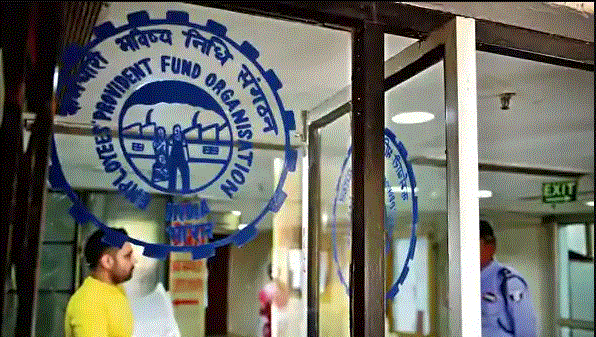Provident Fund (PF) money matters a lot to employed people. It is not just their savings, but a capital for retirement. The Employees Provident Fund Organization in the country provides PF facility to all employees. For this, a small part of the salary of the employee is deducted to be credited to the PF account. However, there are many other benefits associated with PF account, which are available to PF account holders. Many benefits related to EPF, which most people are not aware of.
Regarding the benefits of a PF account, tax and investment expert Jitendra Solanki explains, ‘For an employee it is more than just retirement and tax saving investment. There are many benefits related to this, about which everyone is less aware. ‘
Benefit of free insurance
A PF account is opened to any person after getting a job. As soon as the PF account of the employee opens, then he is also by-default insured. Under the Employees Deposit Linked Insurance Scheme (EDLI), the employee is insured up to seven lakh rupees. Up to seven lakh rupees are paid to the nominee or legal heir of an active member of the EPFO in the event of his death during the service period. These benefits are provided by the companies and the central government to their employees.
Income tax exemption under 80C
EPF is a great way to save tax for the working class. Under Section 80C of the Income Tax, income tax exemption is available on Rs 1.5 lakh deposited in EPF. EPF account holders can save up to 12 percent in tax on their salary. However, this benefit has been discontinued in the new tax law, by opting for the old tax system, you can still take advantage of this benefit.
Pension after retirement
Under the EPFO Act, 12 per cent of the basic salary and dearness allowance (DA) of the employee is deposited in the PF account. Similarly, companies also deposit 12 percent of the basic salary and DA into the PF account, of which 3.67 percent goes to the employee’s account and the remaining 8.33 percent to the employee pension scheme. Within this, a salaried employee who has worked for at least 10 years is eligible to get pension after retirement at the age of 58 years. This gives employees pension after retirement.
Loan facility
A PF account holder can also take a loan during an emergency. They get this loan at one percent interest but it has to be repaid within 36 months. This loan can be useful for PF account holders in times of trouble.
Money Withdrawal Facility On Need
The amount deposited in the PF account is very useful in times of crisis. Employees can withdraw a certain amount if required under the PF Act. Under PF law, money can be withdrawn to buy or build a house, for loan repayment of a house, in sickness, for higher education of children, for the marriage of a girl. However, to avail these benefits, the account holders are required to be members of the EPFO for a certain period of time.
PF balance can be used to buy a house
If the PF account holder wants to buy a house, he can use 90 percent of the amount of his account. But it has to be kept in mind that this money can only be used to buy a house once.
Interest on inoperative account
The best thing about EPAFO is that interest is paid on the employees’ inactive PF account as well. As per the changes made in the law in 2016, now PF account holders are also paid interest on the amount deposited in their PF account lying dormant for more than three years. Earlier, there was no provision for paying interest on PF account lying dormant for three years.


